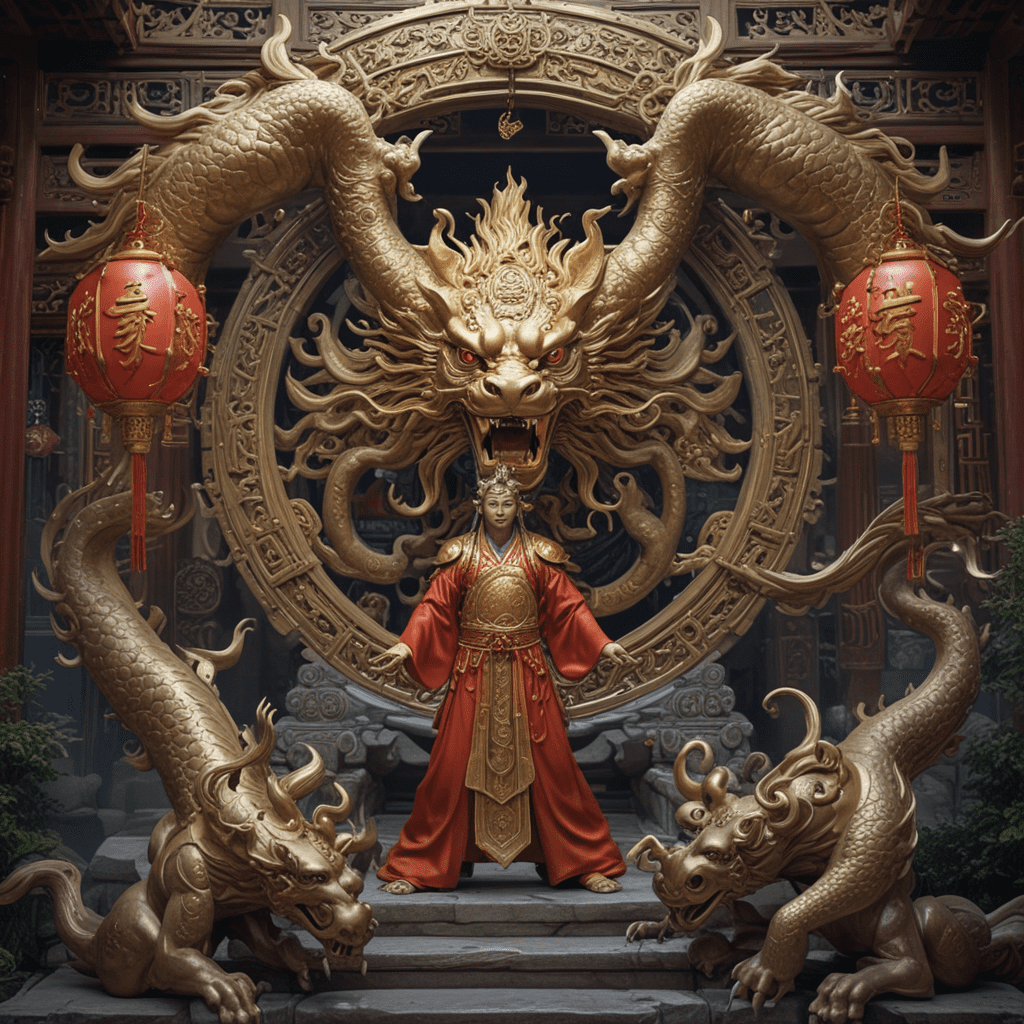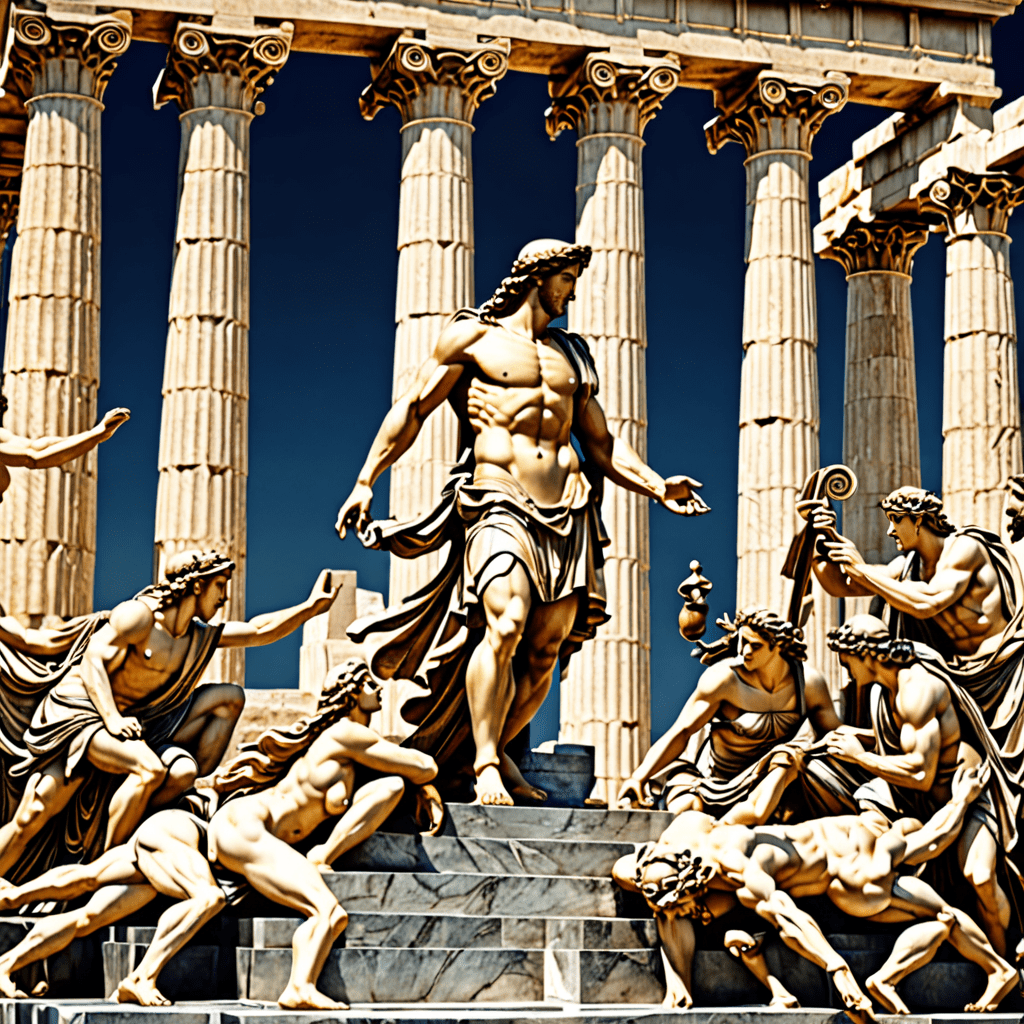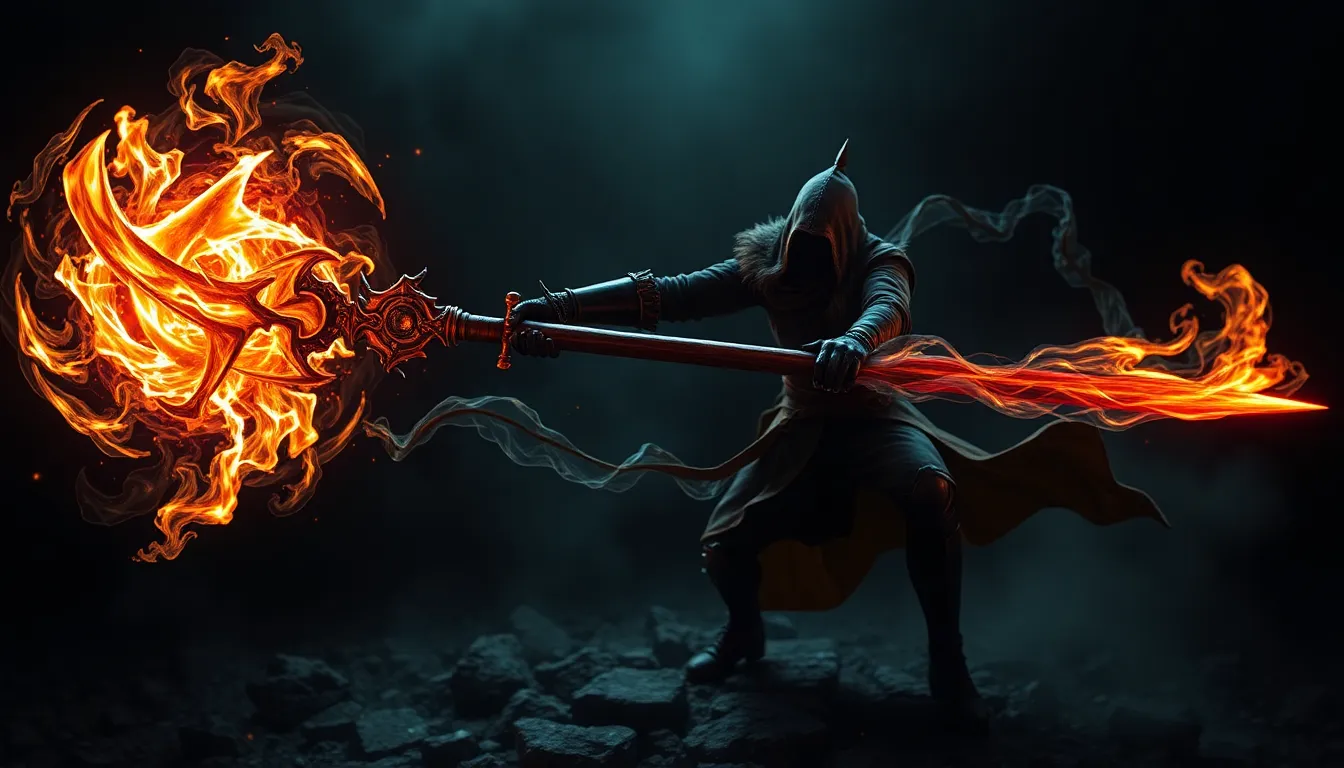Chinese Mythological Symbols of Protection and Warding Off Evil
Chinese mythology is steeped in an array of symbols and beliefs that hold immense power in protecting individuals from evil and malevolent forces. These age-old symbols have permeated Chinese culture, architecture, and daily life for centuries, serving as a testament to the rich tapestry of Chinese beliefs and superstitions.
I. The Eight Trigrams
The Eight Trigrams, known as Bagua, are ancient symbols that represent the fundamental elements of the universe. Each trigram comprises three lines, either broken or unbroken, symbolizing the principles of yin and yang, the opposing forces that govern all things. The Eight Trigrams are used in divination, fortune-telling, and the practice of feng shui to determine auspicious directions and ward off misfortune.
II. Bagua Mirror
The Bagua mirror is a powerful amulet used to deflect negative energy and protect against evil spirits. It is typically made of metal or wood and features a circular mirror surrounded by the Eight Trigrams. The mirror reflects harmful energy, while the trigrams provide additional protection and balance. Bagua mirrors are commonly placed above doorways or windows to guard against harmful influences entering a space.
III. Chinese Guardians
Chinese mythology is populated by a pantheon of deities and guardians who are believed to protect individuals and dwellings. These guardians often take the form of divine animals or mythical beings, each possessing unique abilities and powers. The Four Heavenly Kings, for instance, are celestial guardians who watch over the cardinal directions, protecting the world from evil.
IV. The God of Wealth and Prosperity
The God of Wealth and Prosperity, Cai Shen, is a benevolent deity who brings good fortune and abundance to those who honor him. Depictions of Cai Shen often show him clutching a golden ingot and a Ruyi scepter, symbols of wealth and prosperity. Placing his image in homes or businesses is believed to attract positive energy and ward off financial misfortune.
V. The Pixiu
The Pixiu is a mythical creature resembling a winged lion with the head of a dragon. In Chinese mythology, the Pixiu is believed to possess an insatiable appetite for gold and other precious metals. It is said to bring wealth and good fortune to its owners, while its fierce appearance deters negative influences and evil spirits. Pixiu figurines are often carried as amulets or placed in homes and businesses for financial protection and prosperity.
VI. Chinese Knots
Chinese knots are decorative knots tied using red cord, a color associated with good fortune and protection in Chinese culture. Each knot pattern carries a specific meaning and is believed to bring blessings such as health, wealth, longevity, and wisdom. Chinese knots are often used as adornments on clothing, accessories, and ornaments to symbolize auspiciousness and ward off misfortune.
VII. Chinese Coins
Chinese coins, particularly old or rare ones, are believed to possess protective powers in Chinese mythology. They are often strung together as a charm or amulet and carried for protection against negative energy and evil spirits. The circular shape of the coins represents wholeness and the flow of positive chi energy. Additionally, the ancient Chinese characters inscribed on the coins carry blessings and evoke benevolent deities.
VIII. Metal Bells
Metal bells, especially those made of brass or bronze, are used in Chinese rituals and ceremonies to ward off evil spirits. The sound of the bells is thought to create vibrations that disrupt the energy of negative entities and prevent them from entering a space. Metal bells are often hung above doorways, windows, or in temples to provide ongoing protection and clear negative influences.
IX. Firecrackers and Fire
Firecrackers and fire play a significant role in Chinese festivals and celebrations. They are believed to produce loud noises and bright lights that scare away evil spirits and bring good luck. The use of fire, such as lighting lanterns or candles, is also associated with protection and purification. In Chinese mythology, fire represents the element of yang, which is associated with warmth, light, and vitality.
X. Chinese Charms and Amulets
A variety of charms and amulets are used in Chinese culture for protection and warding off evil. These charms may take different forms, such as pendants, talismans, or bracelets, and typically feature symbols or characters that represent auspiciousness and protection. Some common examples include the dragon, the phoenix, the peach symbol, and the Chinese lucky bag. These charms are believed to attract positive energy, enhance luck, and neutralize negative influences.
FAQs
1. What is the most powerful Chinese symbol of protection?
The Eight Trigrams are considered the most powerful Chinese symbol of protection, as they represent the fundamental elements of the universe and provide balance and harmony.
2. How do I use Chinese symbols of protection in my home?
Many Chinese symbols of protection can be displayed in your home, such as the Bagua mirror, Chinese guardians, or Chinese knots. Place them near entrances, windows, or in central locations to create a protective barrier.
3. What is the difference between a charm and an amulet?
Charms are typically decorative items that bring good luck or protection, while amulets have specific protective or warding-off powers.
4. How do I know which Chinese symbols of protection are right for me?
Consider your personal beliefs, values, and the specific type of protection you seek. Research different symbols and their meanings to find the ones that resonate with you.
5. Can Chinese symbols of protection be used together?
Yes, many Chinese symbols of protection can be combined to enhance their effects. For example, a Bagua mirror with Chinese coins and a Chinese knot can provide multiple layers of protection.



